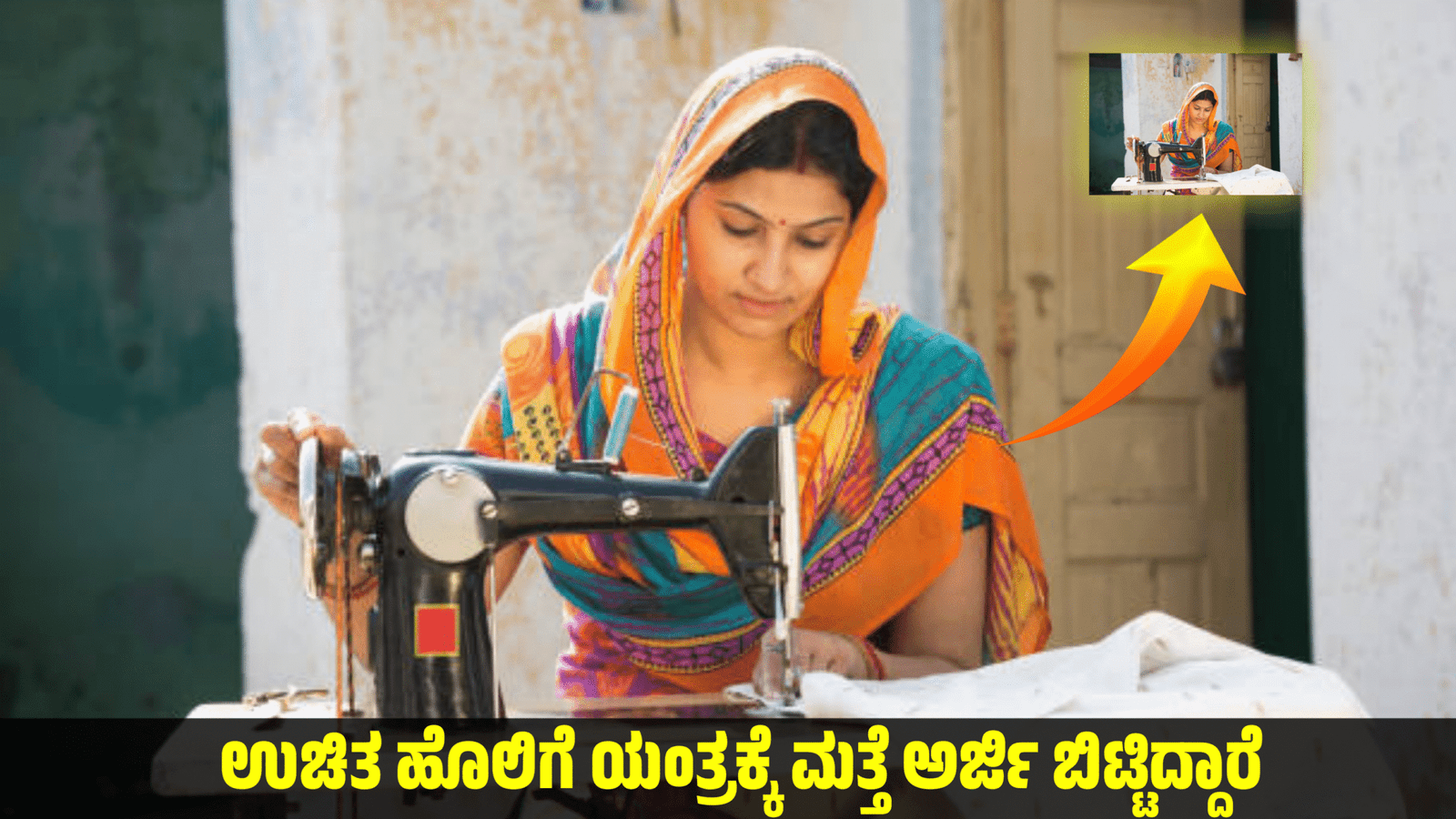Picture Editor: Roles and Responsibilities filter remove
A picture editor, also known as a photo editor, plays a crucial role in the world of visual media, responsible for curating, editing, and organizing images to convey specific messages or enhance storytelling. Picture editors work in various industries, including journalism, publishing, advertising, digital media, and photography studios. Their expertise bridges the gap between visual creativity and technical proficiency, ensuring that images align with the intended purpose and audience expectations.
Key Responsibilities:
- Image Selection:
Picture editors select photographs or illustrations that best suit the context of a publication, campaign, or project. This involves evaluating images based on composition, relevance, quality, and emotional impact. - Editing and Retouching:
They use editing software like Adobe Photoshop, Lightroom, or similar tools to adjust brightness, contrast, color balance, and other attributes. Retouching may also involve removing imperfections or enhancing details. - Collaboration:
A picture editor often works closely with photographers, writers, designers, and art directors to ensure that images complement the overall content. This collaborative effort helps maintain a cohesive narrative. - Research:
For projects requiring specific visuals, picture editors research image libraries, archives, or stock photo websites. In some cases, they may commission photographers for custom shoots. - Copyright Management:
Picture editors ensure all images comply with copyright laws, securing necessary permissions or licenses and attributing credits to photographers and agencies. - Storytelling and Branding:
Their role extends to creating visual narratives that resonate with the target audience. For brands, they ensure the imagery aligns with the company’s identity and marketing goals.
Skills and Qualifications:
A successful picture editor possesses a mix of creative vision and technical expertise. Key skills include:
- Proficiency in image-editing software.
- Strong aesthetic sense and attention to detail.
- Knowledge of photography techniques.
- Organizational skills to manage large volumes of images.
- Understanding of copyright and intellectual property laws.
Challenges:
Picture editors often face tight deadlines and must adapt to the fast-paced demands of the media industry. Balancing creativity with practical constraints, like limited budgets or available resources, is a common challenge.
In summary, a picture editor is an essential figure in visual media, combining artistic insight with technical skills to produce impactful imagery that captivates and informs audiences





